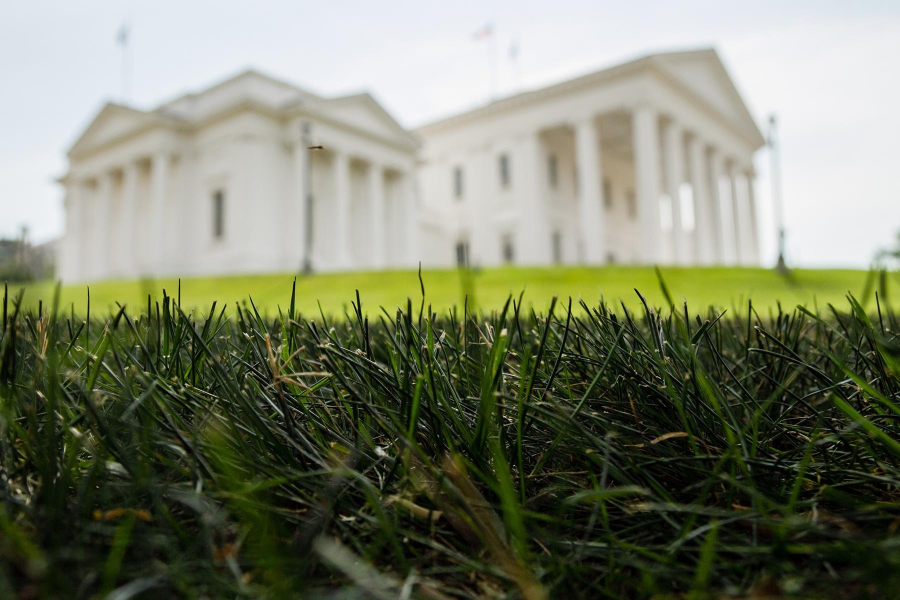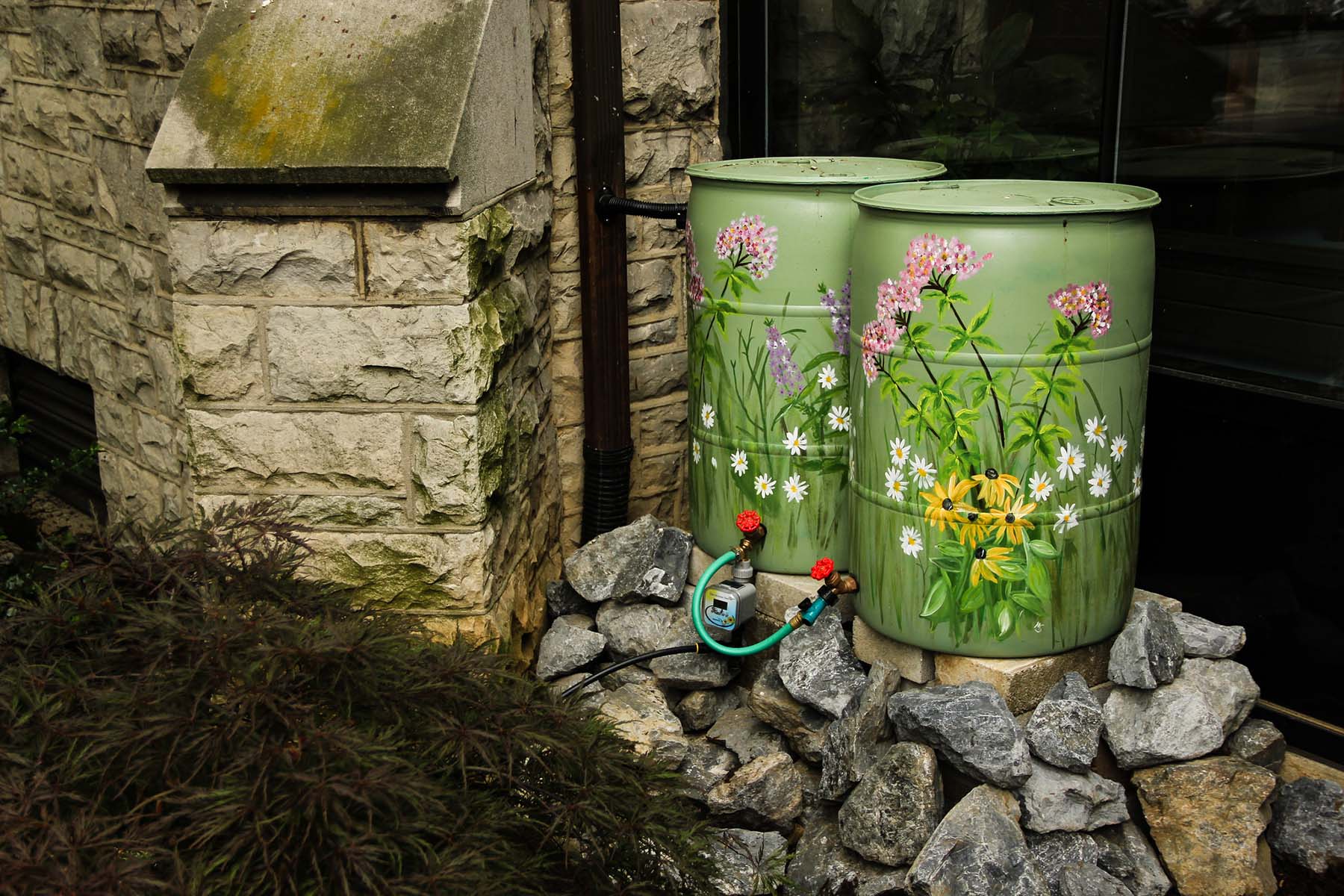Going Local: How local governments are key in the Bay restoration effort
Chesapeake Bay Program Director Nick DiPasquale discusses the importance of local action

As home to the largest estuary in North America, the Chesapeake Bay watershed is vast and complex, covering 64,000 miles and including six states and the District of Columbia. The Bay has a land to water ratio of 14 to 1, five times greater than any other, and its airshed—the area of land over which airborne pollutants travel to enter the Bay—is nine times larger than the watershed, extending south to South Carolina, west to Indiana and north to Canada. The geography of the watershed is diverse, spanning the coastal plain and Piedmont plateau, marine and freshwater, urban and rural lands—and it's home to more than 1,600 local governments, all with different responsibilities for making land use decisions that can impact pollution in the watershed.
While the federal government and state agencies go about setting goals and establishing priorities, it is local governments that implement many of the measures to help reduce pollution. They operate wastewater treatment plants, manage urban stormwater, make zoning and land use decisions and enact ordinances. The 2014 Chesapeake Bay Watershed Agreement acknowledged the vital role local governments play in protecting and restoring the Chesapeake ecosystem, as well as the need to support their efforts by broadening their knowledge and building capacity to act on issues related to water resources.
Local governments are on the frontlines of efforts to achieve water quality standards under the Chesapeake Bay Total Maximum Daily Load. In addition to achieving water quality goals, local governments are central to the success of our efforts to achieve many of the other goals established by the Watershed Agreement regarding fisheries, habitats, stewardship, land conservation, public access, environmental literacy and climate resiliency.
For many of our goals, we have very specific outcomes we want to accomplish, as well as indicators that give us a way to measure our progress. We’re in the process of finalizing work plans that identify actions we’ll take over the next two years toward meeting our long-term outcomes. We’ll assess that progress to make sure we stay on track by using these indicators, which serve as tools for holding ourselves accountable, and allowing the public to hold us accountable as well.
We have built a number of other tools that will assist the partnership in meeting its goals. The Chesapeake Assessment Scenario Tool is being used by federal agencies with facilities located in the watershed to establish pollution reduction targets for their installations. This tool allows installations to evaluate a range of practices and estimate project costs for planning and budgetary purposes. We’re working to include monetized benefits as well, so local officials can make well-informed choices taking into account a broader set of considerations.
The partnership is acquiring high-resolution land cover data for the entire watershed, and working with local officials to acquire the most recent land use data. With updates to this information expected every three years, we’ll be able to see how the landscape in the Chesapeake Bay watershed changes over time. And when coupled with Light Detection and Ranging (LiDAR) data, we’re able to generate imagery that can be used to verify landscape features such as riparian forest buffers, which could significantly reduce the cost of BMP verification. Local governments, many of which have used scarce public funds to secure this information, will now have access to this high-resolution land cover and LiDAR data. Having this data available and updated on a regular basis could save local governments hundreds of thousands of dollars. Similarly, the general public and conservation organizations can use this information in developing and implementing a variety of conservation projects.

We are also working with states, local elected officials and government staff, and representatives from urban, suburban and agricultural sectors to develop recommendations on how to better engage local partners in the development of state Watershed Implementation Plans (WIPs) and make those plans understandable at the local level. A newly formed task force is exploring whether Phase III WIPs should include local area targets and, if so, how these targets could be expressed to best inform local planning and decision-making.
Many challenges remain, however. With so many local governments throughout the watershed, how do we provide timely and useful information to local decision-makers? How do we share success stories, so local governments and communities can benefit from new approaches that have demonstrated their value? How do we spread innovation more quickly? The partnership’s Local Government Advisory Committee, many of whom are local officials themselves, is taking on several of these issues. They are participating in municipal and county meetings to get the word out and seek input, as well as trying to get local officials who have implemented successful approaches to share that information with their peers.
Through funding provided to the Environmental Protection Agency (EPA) Chesapeake Bay Program Office, local governments have received both financial and technical assistance. For the past three years, we’ve provided $5 million to support local governments and projects such as green roof rebates, rain barrel installations, environmental education and efforts to reduce nutrient and sediment pollution. From 2008 through 2014, funds made available by EPA to the National Fish & Wildlife Foundation have supported a number of local projects, making nearly $9 million available to local governments and $18.4 million available to local organizations through four grant programs. Finally, CBPO has provided $740,000 in funding to the Environmental Finance Center to help local governments identify financing options to support urban and agricultural stormwater management.
The partnership understands the critical role local governments play in implementing many of the measures necessary to achieve our water quality goals and restore the living resources of this economically, culturally and environmentally important ecosystem.
Note: The opinions expressed above are those of the author and do not necessarily reflect U.S. EPA policy endorsement or action.

Comments
There are no comments.
Thank you!
Your comment has been received. Before it can be published, the comment will be reviewed by our team to ensure it adheres with our rules of engagement.
Back to recent stories